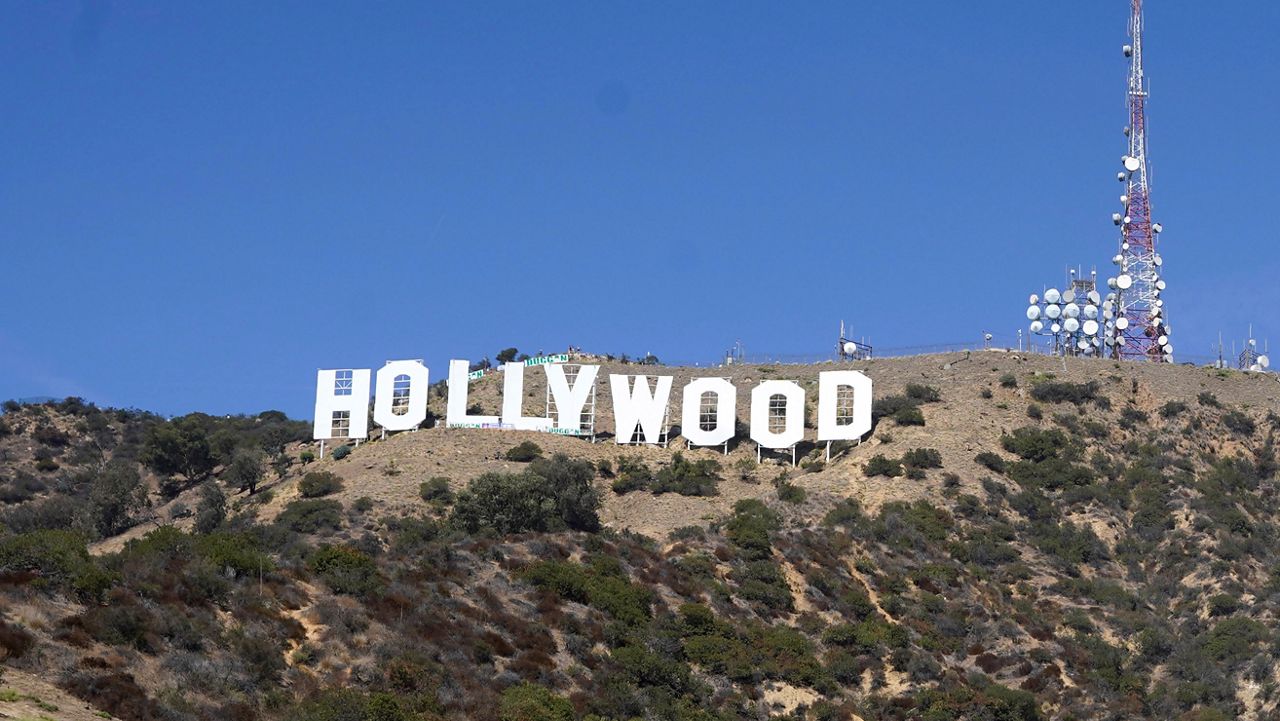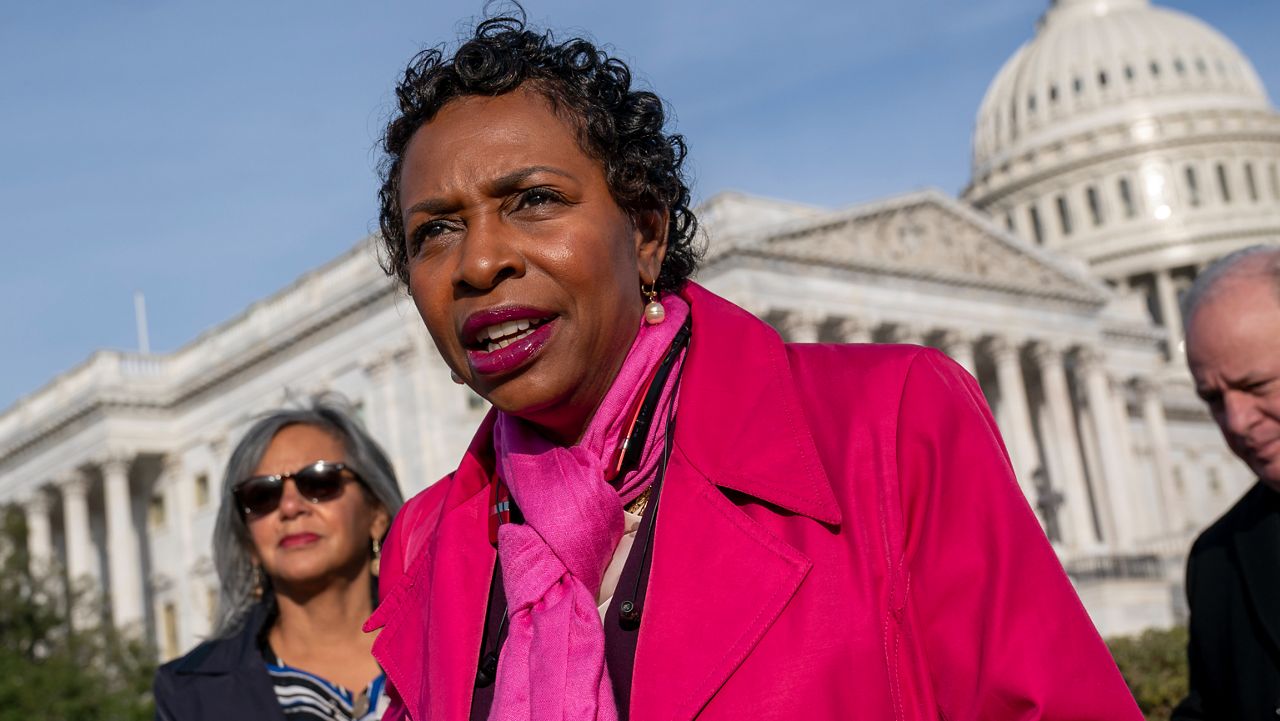Texas Gov. Greg Abbott's floating barrier on the border is taking shape—a string of buoys on the Rio Grande that aims to block migrants from making a potentially perilous crossing.
But there are ongoing legal concerns, and Texas might even be breaking international treaties.
"What these buoys will allow us to do is to prevent people from even getting to the border," Abbott said in June.
State officials argue they weighed the safety risks and want to prevent migrants from drowning. But the latest tactic in the governor's multibillion-dollar border initiative draws sharp condemnation over potential human rights violations and other laws.
"The governor is putting politics over people," Roberto Lopez, a senior advocacy manager at the Texas Civil Rights Project, told Spectrum News. "And so we're very frustrated and angry that this is another attempt to avoid welcoming immigrants to avoid supporting the federal processes that already exist."
One small business owner already sued the state, arguing that Abbott has no legal authority to put these buoys in the river. Some policy experts agree.
"This is just a made-for-television moment," said Stephen Mumme, a political science professor at Colorado State University. "The problem is that it's a violation of international law."
In 1970, the U.S. and Mexico signed a treaty to address water management and usage of the Rio Grande. The International Boundary and Water Commission, which oversees the agreement, said it was surprised by Abbott's actions.
"Our door is always open to discussions with Texas and we have recently shared information with them about our permitting process and federal law. We are studying what Texas is publicly proposing to determine whether and how this impacts our mission to carry out treaties between the U.S. and Mexico," an IBWC spokesperson said in a statement.
Some experts say it's a problem that there was no prior notification.
"Even the harshest, most flood-prone conditions require the approval of both Mexico and the United States," Mumme explained. "One country cannot do that unilaterally. And it doesn't matter if the purpose is immigration."
Mumme, who has been analyzing water and environmental management along the U.S.-Mexico border for the past 40 years, said riparian boundaries are dynamic and have ripple effects on other issues that affect both sides of the river.
"It has been very important for the two countries to collaborate and cooperate," he said. "Gov. Abbott has a right and an obligation to be concerned about immigration impacts on the state of Texas. That's something he should be working on in tandem with the federal government, which has the authority to manage immigration in this country."
Other water rights analysts say the buoys raise questions about how it will affect the river's flow, water distribution and flood control.
"When you put something into the river, you're going to have an impact on the flow," Gabriel Eckstein, a law professor at Texas A&M University, said. "Therefore, it could effectively change the location of the border or the flow regime in terms of the volume of water flowing downstream. So it could affect the amount of water that is actually going to the reservoirs or going downstream to users."
There are also wildlife and environmental concerns.
"The buoys are set up in a way that they look innocuous, but we can't tell. Mostly because I've not seen any studies or heard of any studies about how they will affect the flow of the water, how they will affect aquatic species in terms of moving back and forth, left and right, upstream, downstream, and so on," said Eckstein, whose work focuses on water issues at all levels of government.
Abbott appeared ready to take on any legal challenges, tweeting, "We will see you in court." He expects it might even reach the U.S. Supreme Court, where justices could take up the issue of a state's authority to address immigration enforcement. That issue is typically within the purview of the federal government.




?wid=320&hei=180&$wide-bg$)




